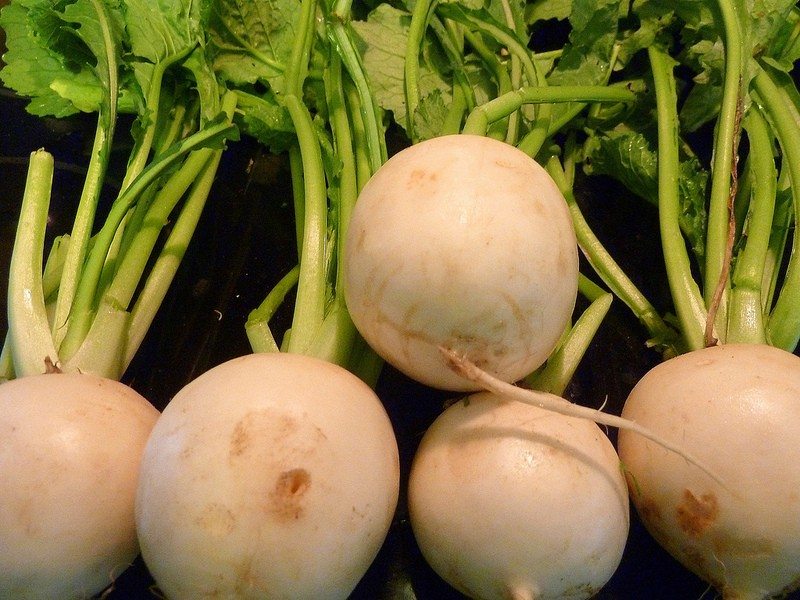Planting Prairie Grass: Don't Sweat The Small Stuff


My lawn isn't green and manicured like a golf course, but I don't hate it. We fertilize once a year (usually, if we remember), but we use no other chemicals. It's uneven - lush and green in spots, thin in others. The ground is rocky and bumpy - not really well suited for the perfect lawn. I'm okay with that.
Planting Prairie Grass - Great Lawn Alternative
A weed patch when we moved in four years ago, our yard is huge and it seemed like the easiest thing to do would be to plant part of it into lawn. It takes a lot of water in this dry, windy country, so I'm glad we didn't plant more.
Part of our yard is a patch of natural prairie - sagebrush, rabbitbrush, lupine, and other wildflowers. I don't think it's ever been touched by human hands. It's out of the way and not easily seen by the few folks who happen to drive by, but I love it. I also have a couple good-sized flower beds, which are planted with native (deer-proof) plants. They are getting established and looking good.
We didn't want to plant a lot of lawn, so we planted a good-sized section in native prairie grass seeds - blue grama grass and buffalo grass. My friend Allen, who is retired from our local Soil and Water Conservation District, has been advising me on the process. He says it takes prairie grass three years to fully establish, and that the buffalo grass will develop stolons that will prevent weeds from growing (ryegrass has been a real problem, so we keep chopping off its heads in hopes it will go away).
This is the second year, and so far, the native prairie grass is growing well and looking good. I think it's going to look really nice, completely natural and at home in this environment.
Tips for Growing a Lawn
So, if you're looking for an alternative to that mystical perfect lawn, here are my tips for growing a lawn you can live with:
- Don't use insecticides. It will kill beneficial insects, including bees.
- Don't use herbicides. They are harmful for the environment, especially the water supply.
- Don't dig out dandelions early in spring. They are important for honeybees. If you're determined to remove them, wait until other plants are blooming so bees have alternative sources. Better yet, just let them be, or pick a few. The bright yellow flowers are pretty in vases. If your neighbors complain about the dandelions (and they probably will), tell them you're growing a pollinator-friendly garden. Maybe they'll decide to do the same.
- Consider planting prairie grass. It needs very little water once established, and you don't have to mow it. Double win.
- Last but not least, don't sweat the small stuff. A patch of natural prairie will do just fine.
Gardening tips, videos, info and more delivered right to your inbox!
Sign up for the Gardening Know How newsletter today and receive a free copy of our e-book "How to Grow Delicious Tomatoes".

A Credentialed Garden Writer, Mary H. Dyer was with Gardening Know How in the very beginning, publishing articles as early as 2007.
-
 Terrifically Tubular Flowers For Hummingbirds: 9 Tube-Flowered Plants To Attract Hummers
Terrifically Tubular Flowers For Hummingbirds: 9 Tube-Flowered Plants To Attract HummersGrowing tubular flowers for hummingbirds helps you create the optimum feeding conditions for your winged friends. Here are nine tubed delights for hummers
By Tonya Barnett
-
 How To Grow Hydroponic Tomatoes For Fresh Indoor Harvests – No Soil Required
How To Grow Hydroponic Tomatoes For Fresh Indoor Harvests – No Soil RequiredLearning how to grow tomatoes in water is easy and allows you to harvest fresh-home-grown produce in every season without any mess.
By Ellen Wells